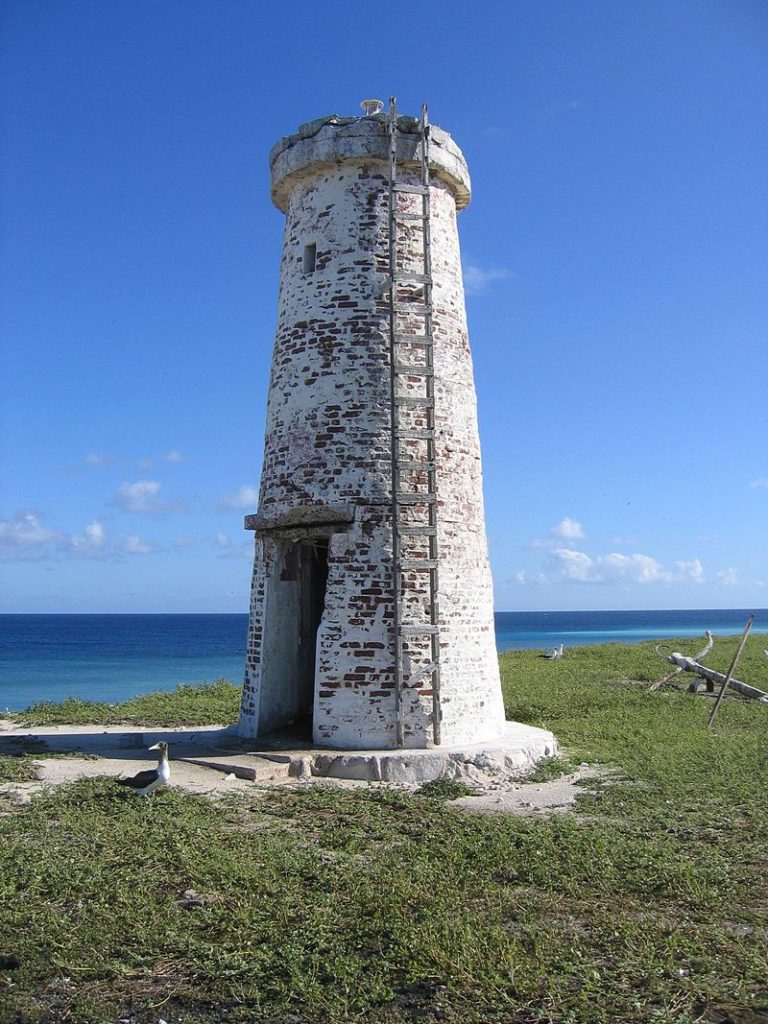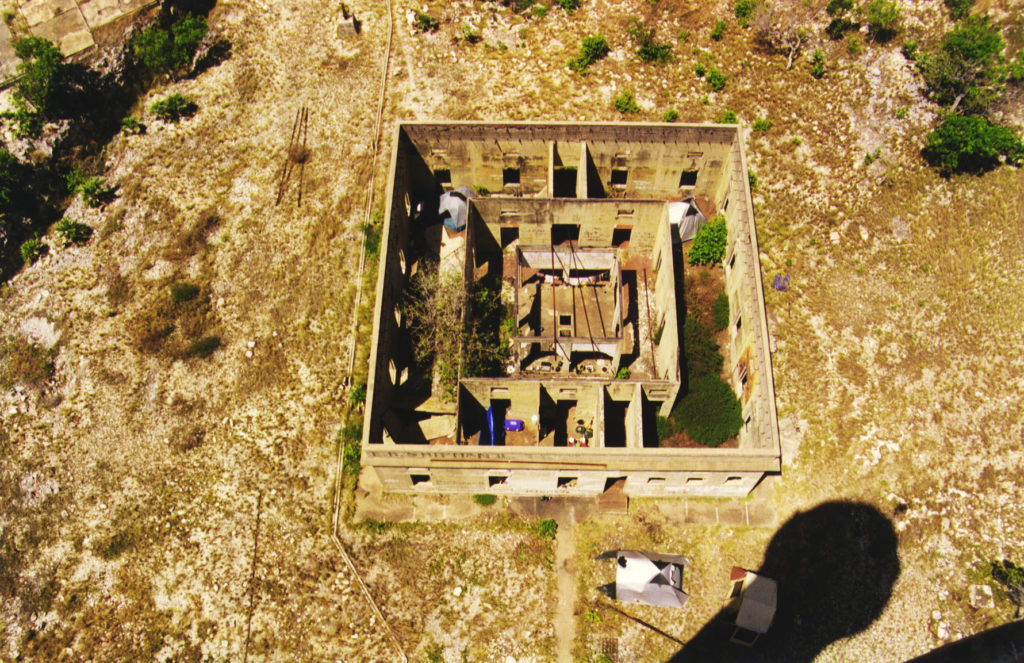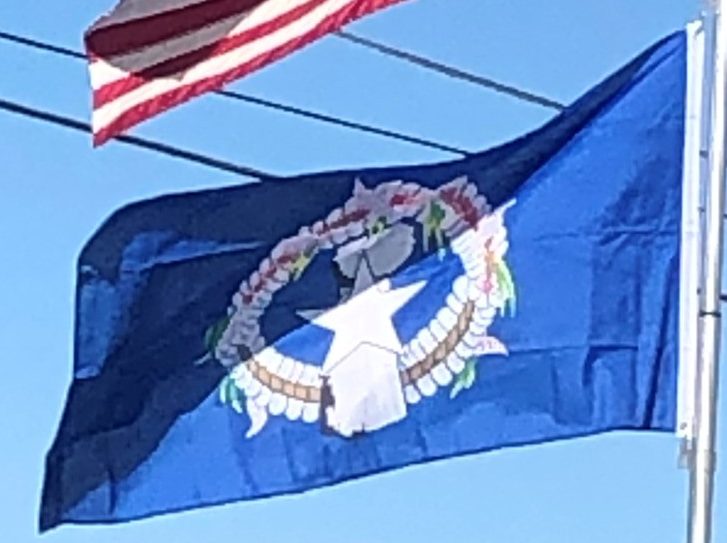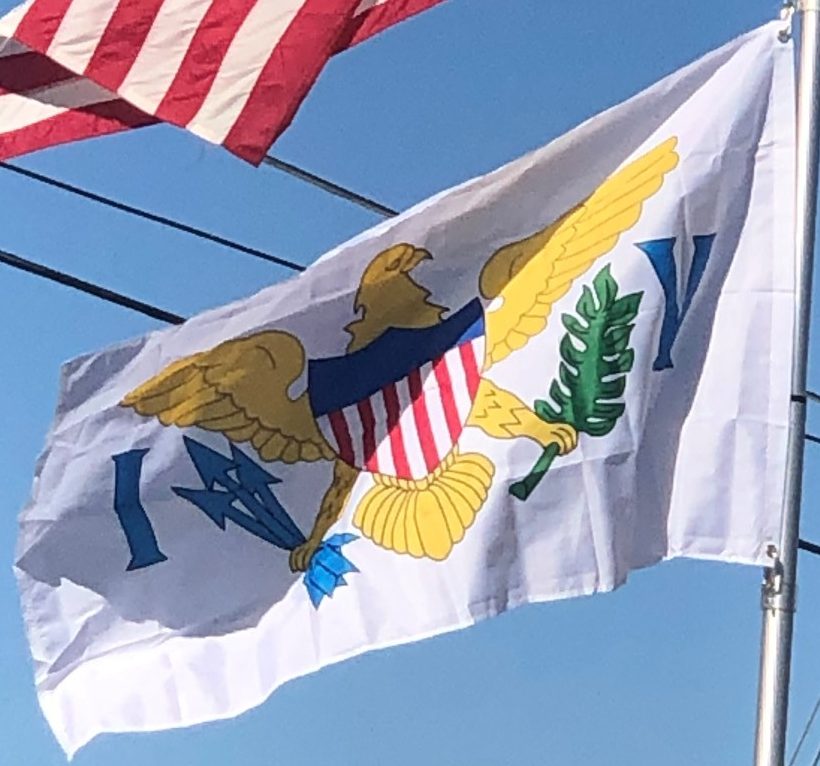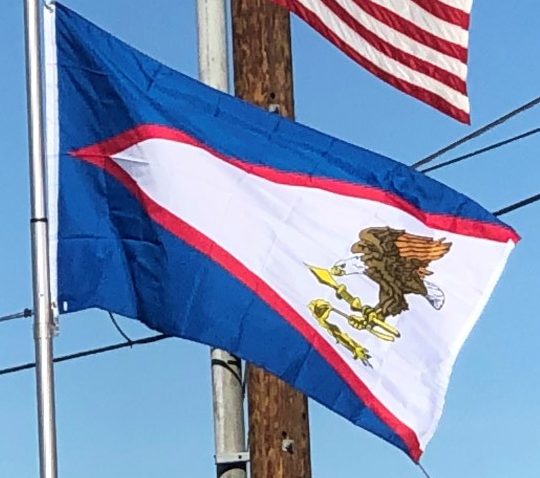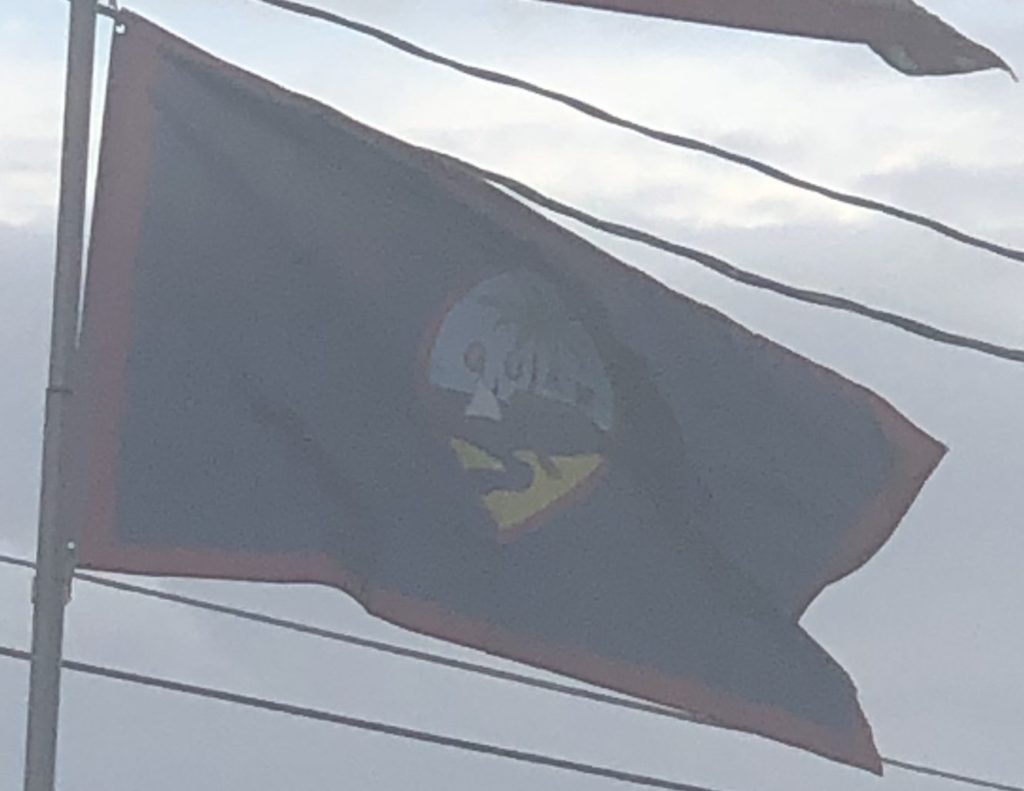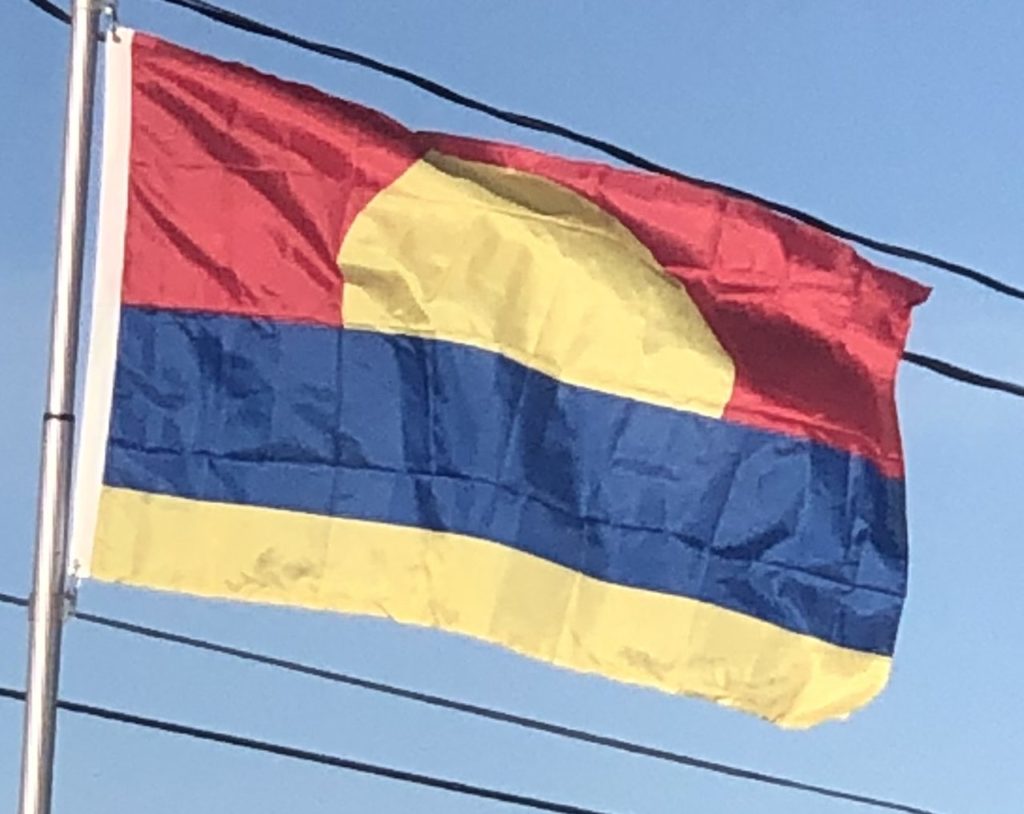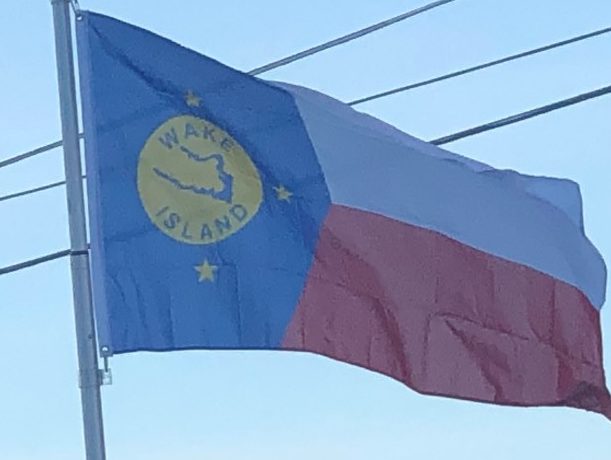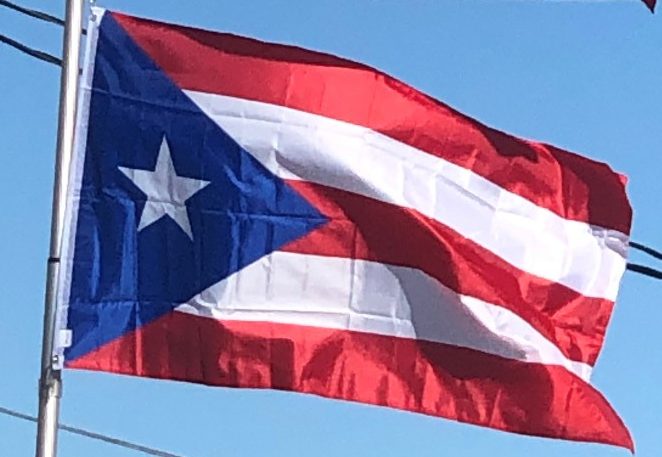United States Minor Possessions – Pacific Ocean
Baker was discovered in 1818 by Captain Elisha Folger of the Nantucket whaling ship Equator, who called the island “New Nantucket”. In August 1825 Baker was sighted by Captain Obed Starbuck of the Loper, also a Nantucket whaler. The island is named for Michael Baker, who visited the island in 1834. Other references state that he visited in 1832, and again on August 14, 1839, in the whaler Gideon Howland, to bury an American seaman. Captain Baker claimed the island in 1855, then he sold his interest to a group who later formed the American Guano Company.
